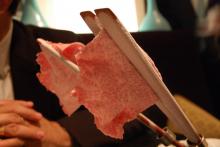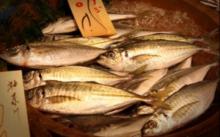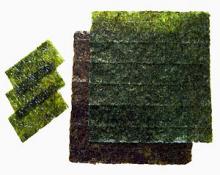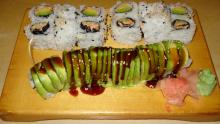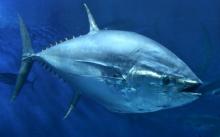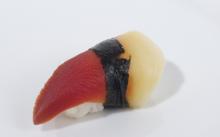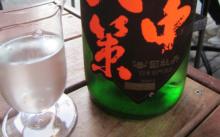Facts About Tako (octopus)
Facts About Tako (octopus)
Octopus, or "Tako" as it's known in Japanese, is a special ingredient in Japanese food culture. There are over 250 different species of octopus in the world with roughly 60 caught in and around Japan - only a small portion however, are used for human consumption.
Having said that, the Japanese eat approximately 160,000 tons of this alien looking creature every year - that's about 2/3 of the world's share.
The most commonly eaten octopus in Japan is known as the "Madako", or "common octopus." Ironically, the madako is actually imported from Africa! The madako grows up to 2 feet in length and weighs between 9 to 11 lbs.
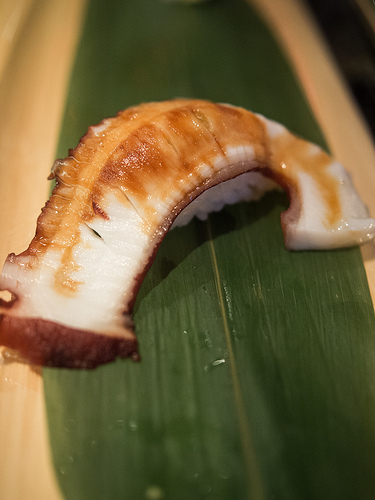
 by Edsel L - Sushi Tako
by Edsel L - Sushi Tako
Another widely consumed octopus is a smaller species known as the "iidako", which means "webfoot octopus" in Japanese. The iidako is around 10 inches long and can be found in Japanese waters, the east China sea, and the Korean peninsula.
Contrary to popular belief, octopus is seldom eaten raw - even in Japan as it's too chewy. Instead, octopus in Japan is usually "ready-boiled" when you purchase it. Because of this, the skin of the octopus takes on a bright red colour and the meat of the creature changes from an opaque grey to white. It is with this slight boiling that renders the octopus softer and sweet.
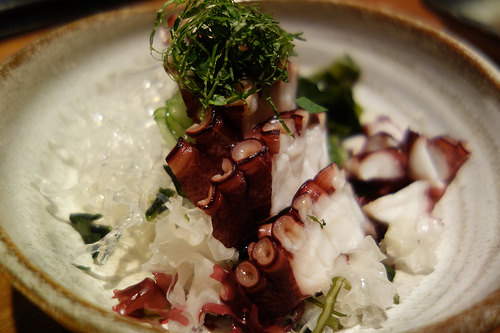
 by kennejima - Tako Sunomono Salad
by kennejima - Tako Sunomono Salad
If you purchase non ready-boiled octopus, there are a few things you need to do in order to prevent serving your guests slices of rubber tire.
1. Clean the octopus thoroughly.
2. Massage the octopus with salt - this will help to tenderise it.
3. Boil for around 20-30 minutes in a large amount of water with shredded daikon (Japanese radish). Note: You can store boiled tentacles in the fridge for 2 - 3 days. Although octopus contains high-quality protein, taurine is by far its best known health benefit, helping to lower cholesterol, blood pressure, and fight off gallstones.
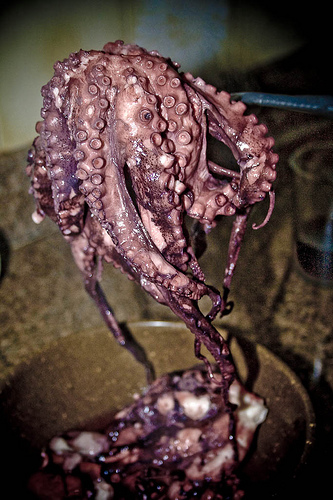
 by !!!! scogle
by !!!! scogle



